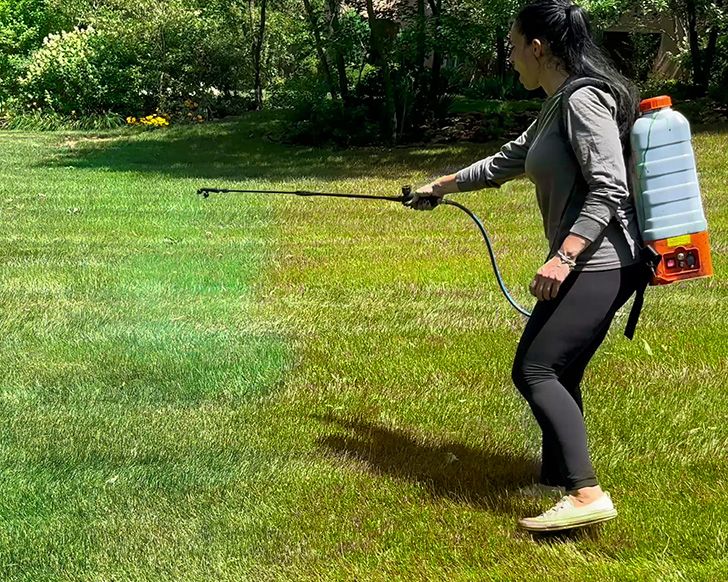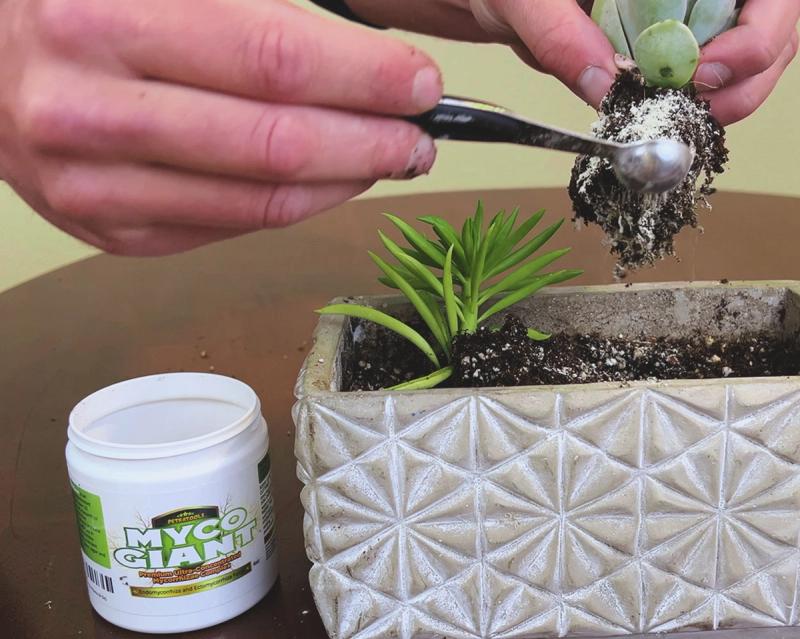Dethatching Your Lawn: Preparation For The Winter Frost (2024)

Dethatching Your Lawn: Preparation For The Winter Frost

Have you noticed that your lawn is looking a little dull and patchy?
If so, you should dethatch the lawn this fall, before winter sets in, to help prevent damage. With some horticultural knowledge and a few tools, dethatching is incredibly easy.
In this article, we’ll explain what dethatching is and why you should do it – especially now that the cold weather is right around the corner. Read on to understand how to properly dethatch your lawn so that it will look not only healthy and green this fall and winter but also next spring and summer.
What Is Thatch?

Thatch is the layer of dead plant material that accumulates on the surface of the lawn. Thatch can range in thickness from 1/4 inch to 2 inches, depending on the type of grass you have and how long it's been growing. Thatch is made up of stems, roots, and root hairs.
Thatch is a normal part of lawn care, and it's not necessarily a bad thing. It helps retain moisture in the soil and protects the roots from drought stress. But too much thatch can lead to diseases and insect infestations, which is why homeowners should dethatch their lawns regularly.
Why Does Thatch Accumulate?

Thatch accumulates when there is not enough aeration to allow water, nutrients, and oxygen to penetrate deep into the soil. This causes shallow roots growth instead of deeper growth into the soil where they can take advantage of those resources. Because of the shallow growth, roots have less contact with soil particles, making them more susceptible to disease and drying out during hot weather conditions. In turn, your lawn will be dry and sustain possible damage.
Why Is Lawn Dethatching Important?

Dethatching helps reduce compaction caused by heavy foot traffic or equipment use in areas adjacent to driveways or playgrounds.
If your lawn has a large amount of thatch, it could be a sign that you haven't been maintaining your lawn properly, or it may be due to too much fertilizer being applied over time (which can cause nutrient burn).
When Should You Dethatch Your Lawn?

The best time to dethatch your lawn is in the fall before winter, from late October to early December. This will give the grass a chance to recover from any damage caused by thatch removal and help prevent frost heave (when the soil freezes and expands, pushing up pavement). Do not dethatch too late in the growing season, or your lawn may not be able to recover over the winter.
If you have a large amount of thatch, this is where using lawn dethatchers becomes handy.
Thick thatch layers can lead to problems like:
- Insect infestations
- Frequent lawn diseases
- Barrier creation from nutrients, water, and oxygen
- Spots of spongy thatch layers
To quickly determine if thatch is too thick, insert your finger in the layer.
If it’s difficult to reach the soil, you need a manual or liquid dethatcher.
The good news is: PetraMax has formulated the ideal Lawn Dethatcher!
Are you seeing a thick layer of thatch quickly building up on your lawn? Dethatch it with PetraMax Lawn Dethatcher! It effectively reduces the layer naturally.
It's a superior liquid solution that works to encourage microorganisms to feed on thatch, minimizing the organic layer on your grass.
How To Dethatch Your Lawn
Whether you opt for a manual dethatching process or the liquid one, reducing thatch is easy.
For the manual option, you’ll need a thatch rake to get the extra layer.
Insert the rake's teeth deep into the thatch material and slice the layer.
Follow a single direction when doing this to avoid grassroots damage.
The excess layer can be re-used as an additional organic matter for your garden compost.
On the other hand, if you opt for using liquid dethatchers, it will be less laborious.
All you need is the solution mixed with water in a sprayer, and you’re all set!
Again, we recommend using our dethatcher solution, because it not only energizes microbes to decompose the layer, but it also does the following:
- Improves liquid penetration and drainage of thatch
- Works fast in decomposing the organic layer
- Doesn't harm the grass or soil
To achieve an easier and more accurate application, PetraTools offers you our line of sprayers that provide different spraying benefits, such as adjustable PSI, multiple nozzle attachments, and great convenience.
Choose from our powerful battery-powered sprayers from HD2000, HD3000, HD4000, HD4100, HD5000, LT-PRO, and HD4050.
Dethatching and Aerating Your Lawn

Dethatching and aerating have similar functions that will improve the health of your lawn.
If you don't see any improvement to your lawn after performing dethatching, you might want to consider aerating it.
This is especially true if your soil is already compacted.
But consult with a professional first as this might be the best option to ensure whether you need to move forward with aeration.
The Takeaway
Avoiding dethatching your lawn can create serious problems. Dethatching minimizes how much dead material piles up on top of your lawn, preventing it from nutrient absorption. If you live in an area that gets frost, it is best to dethatch before the first frost hits, so that you don’t have to re-dethatch when the warm temperatures return.
PetraMax Liquid Lawn Dethatcher is an ideal way to reduce the build-up of thatch accumulation.
To try this effective liquid dethatching solution, just visit our website or Amazon store now and add it to your cart.
Don’t forget to include any one of our battery-powered sprayers for an easier and more accurate application.
Shop now while supplies are still available!
















